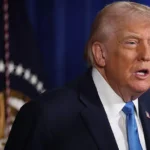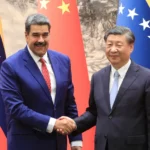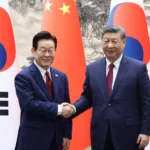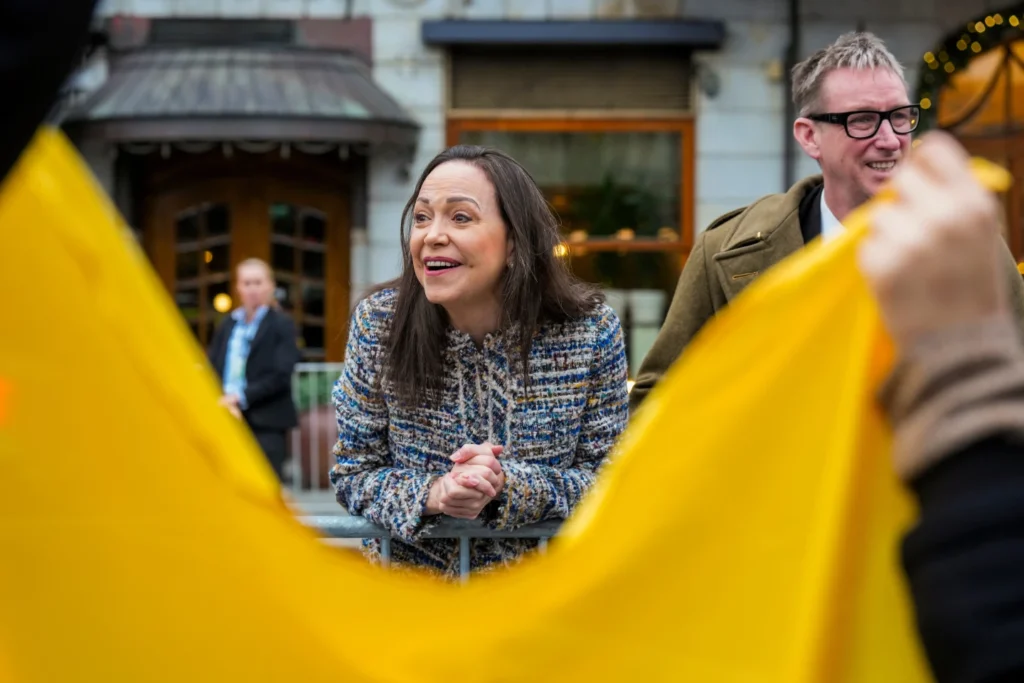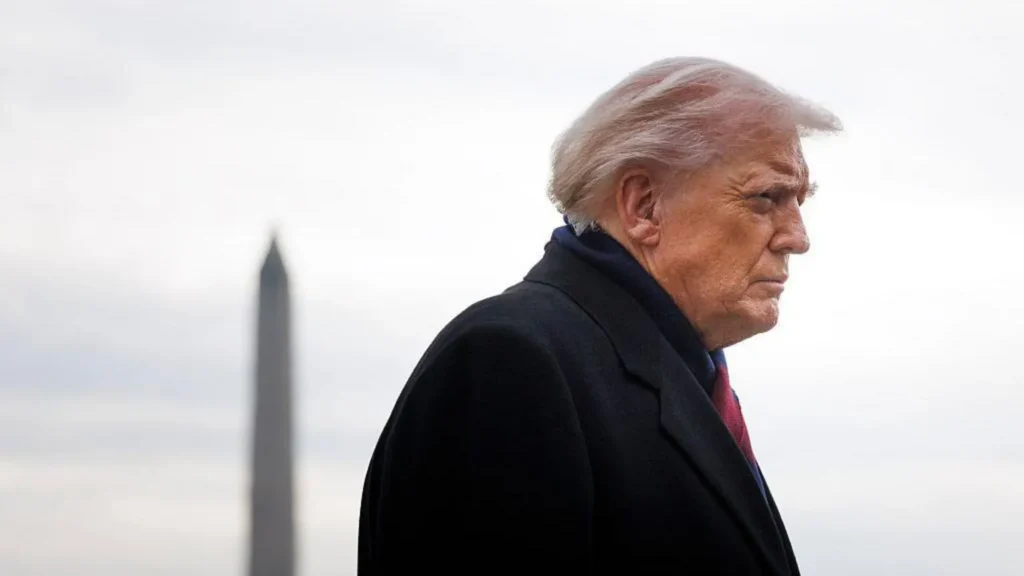Who is attending the NATO summit and what’s on the agenda?
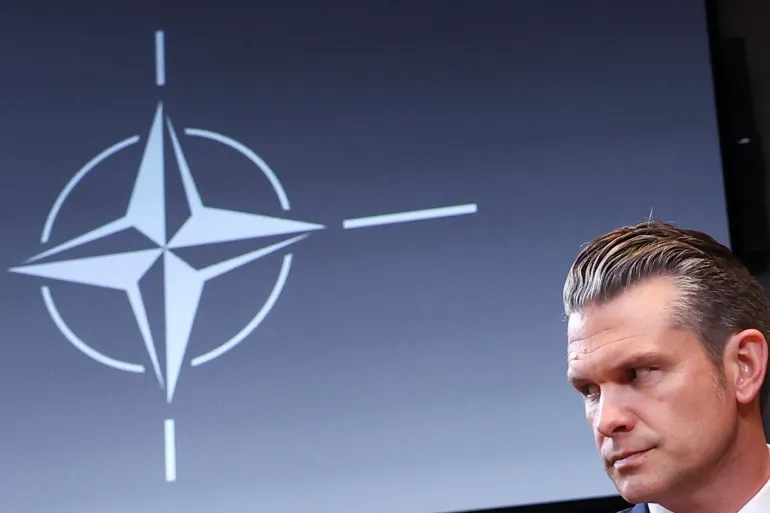
World leaders are converging this week for the annual NATO summit, a high-stakes meeting set against the backdrop of intensifying geopolitical threats, renewed questions about U.S. commitment to the alliance, and widening rifts over military spending.
This year’s summit marks the return of U.S. President Donald Trump, now in his second term, to the NATO stage. It’s also the first meeting to be chaired by NATO’s new Secretary General Mark Rutte, the former Dutch prime minister. Over the next two days, defense and security will dominate discussions, but unity may be harder to maintain.
Ukraine, Iran, and NATO’s Shifting Priorities
Russia’s war on Ukraine continues to loom large, as NATO members reaffirm long-term security commitments to Kyiv. Ukraine’s President Volodymyr Zelenskyy is among the key figures in attendance, as allies prepare to discuss the status of NATO support and Ukraine’s potential path to membership—an issue that remains a flashpoint with Moscow.
Simultaneously, the recent escalation between Israel and Iran threatens to cast a long shadow over proceedings. Just days before the summit, Iran launched missiles at a U.S. airbase in Qatar in retaliation for American strikes on Iranian nuclear facilities. President Trump has claimed a ceasefire was reached, though neither Israel nor Iran has confirmed any agreement.
Key Leaders in Attendance
All 32 NATO member nations are represented, along with top EU officials and leaders from key Indo-Pacific partners. Among those attending:
-
U.S. President Donald Trump
-
UK Prime Minister Keir Starmer
-
French President Emmanuel Macron
-
German Chancellor Friedrich Merz
-
Canadian Prime Minister Mark Carney
-
Italian Prime Minister Giorgia Meloni
-
Spanish Prime Minister Pedro Sánchez
-
Ukrainian President Volodymyr Zelenskyy
-
Turkish President Recep Tayyip Erdoğan
-
European Commission President Ursula von der Leyen
-
Japanese Prime Minister Shigeru Ishiba
-
New Zealand Prime Minister Christopher Luxon
Defence Spending: The Pressure Builds
Trump’s demand that NATO members dramatically increase their defense spending—up to 5% of GDP by 2032—has become one of the summit’s most contentious issues. While all allies agreed in 2023 to meet a 2% minimum by 2024, only 22 have done so. Countries like Spain, Italy, and Canada remain below the target, drawing Trump’s ire.
“We’re asking our allies to invest in their defense like they mean it,” said U.S. Ambassador to NATO Matthew Whitaker last month. Trump has hinted the U.S. may reconsider its defense obligations under Article 5 for nations that fail to meet financial commitments.
Rutte is expected to propose a tiered model—allocating 1.5 percentage points of the 5% goal for infrastructure and cybersecurity—but resistance remains. Spain has already called the proposal “counterproductive.”
Meanwhile, the UK has unveiled a Strategic Defence Review that includes new nuclear and naval investments. Its spending is set to rise from 2.3% to 2.5% of GDP by 2027, with an ambition to reach 3% by the next parliamentary term. Still, it’s unclear whether London will push further to meet Trump’s benchmark.
Europe Eyes Leadership Role
Fears of a diminished U.S. role in NATO have spurred a renewed push for European-led defense autonomy. According to a report by the Financial Times, countries including the UK, France, Germany, and Nordic states are holding informal talks about reshaping the alliance’s financial model and reducing dependency on U.S. capabilities.
Although Trump has not explicitly said the U.S. would exit NATO, European leaders are bracing for reduced engagement. With the U.S. spending 3.19% of GDP on defense in 2024—down from 3.68% a decade ago—EU leaders estimate it could take five to ten years of accelerated investment to fill the gap left by Washington.
Uncertain Future for Ukraine and NATO’s Role
Though Ukraine is not yet a NATO member, the alliance in 2024 pledged that “Ukraine’s future is in NATO,” alongside a €50 billion annual aid package. Still, internal divisions remain. Baltic states and Poland advocate for deeper involvement, while Hungary and others urge caution to avoid escalation with Russia.
Trump’s stance on Ukraine has only complicated matters. His campaign promises to end the war quickly have failed to deliver, and his treatment of President Zelenskyy—most notably a tense meeting at the White House in February—has raised doubts about future U.S. backing.
Looking Ahead
This year’s summit is less about ceremonial unity and more about defining the alliance’s survival in a multipolar world. As NATO grapples with Russian aggression, Middle East instability, and transatlantic strains, leaders face a critical choice: adapt together or risk fracturing under pressure.
By Staff Writer, Courtesy of Forbes | June 24, 2025 | Edited for WTFwire.com
Source: Al Jazeera
: 213


